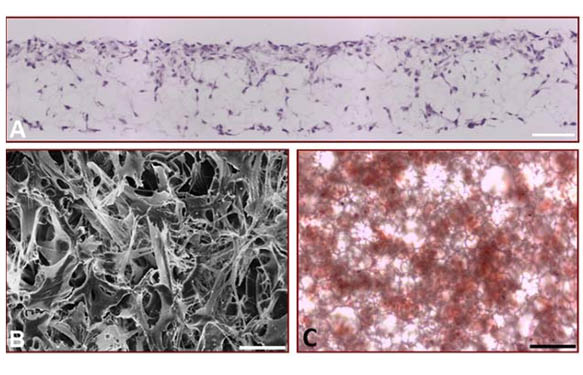Early in 2015, researchers of The University of Queensland Diamantina Institute (Australia) have shown a very sensible approach to the discovery of new biomarkers associated to transition from non-metastatic tumours to metastatic tumours in osteosarcoma. Not to be a spoiler, but they found that the uPA/uPAR axis is crucial for this, and can be used as a prognostic biomarker. In fact, inhibition of this axis can inhibit the metastasis in this type of tumours. (Endo-Muñoz et al. DOI: 10.1371/journal.pone.0133592).

I don’t want to focus on the biomarker per se, but rather, on the process that this lab followed to discover this new biomarker.
First of all, the choice of experimental model. They took both an in vitro and in vivo approaches. They used either cultured cells, or human tumour cells injected in mice. They used both highly metastatic and low metastatic cell types.
Maybe the use of human patient samples is lacking in this publication, but I guess that you cannot do everything in just one publication, can you?
Secondly, and even if there were previous reports that the uPA/uPAR axis had a role in the metastatic power of osteosarcomas, they decided to start from scratch, and do a whole transcriptome analysis. This way, they were really making sure that they would find the right biomarkers, and not just the ones mentioned in the literature.
After the transcriptomics analysis, and in order to confirm the markers found there, they did a secretome analysis using an antibody array containing 507 secretome factors. Transcriptomics is very powerful, but it only gives limited information. For biomarkers, and especially those related to metastasis, one has to make sure that the good biomarkers are not only expressed, but also secreted.
Finally, and in order to confirm the results obtained in the secretome analysis, they performed some classical Proteomics.
The rest of the publication is also aimed at confirming that the uPA/uPAR axis found as a relevant biomarker in metastasis in osteosarcoma, is really key. IHC, WB, migration and silencing experiments were conducted to confirm the validity and power of this new biomarker that paves the way for new therapies aimed at stopping metastasis in this type of cancer.

Since this is a pre-clinical study, further research should be performed in a clinical setting, in order to confirm the validity of this marker in human patients, as well as to design new therapies helping to fight the expansion of osteosarcoma.
Looking for new biomarkers at the preclinical and clinical stages of your research?
Work with a dedicated Project manager to assist you in designing and implementing on your behalf profiling in proteomics and genomics to help you get the most out of your cohorts!
Source:
Liliana Endo-Munoz L. et al. “Progression of Osteosarcoma from a Non-Metastatic to a Metastatic Phenotype Is Causally Associated with Activation of an Autocrine and Paracrine uPA Axis” (2015). DOI: 10.1371/journal.pone.0133592



